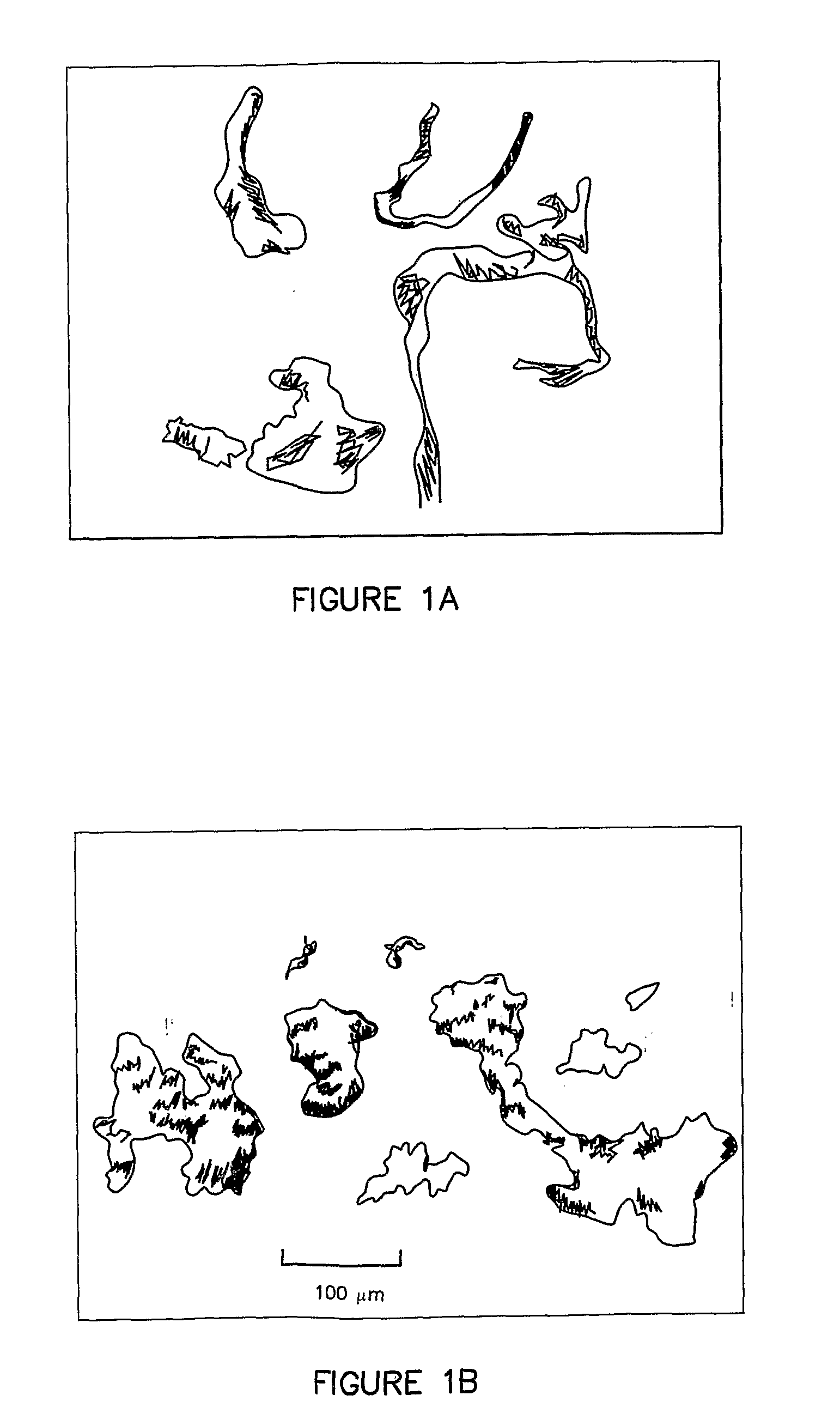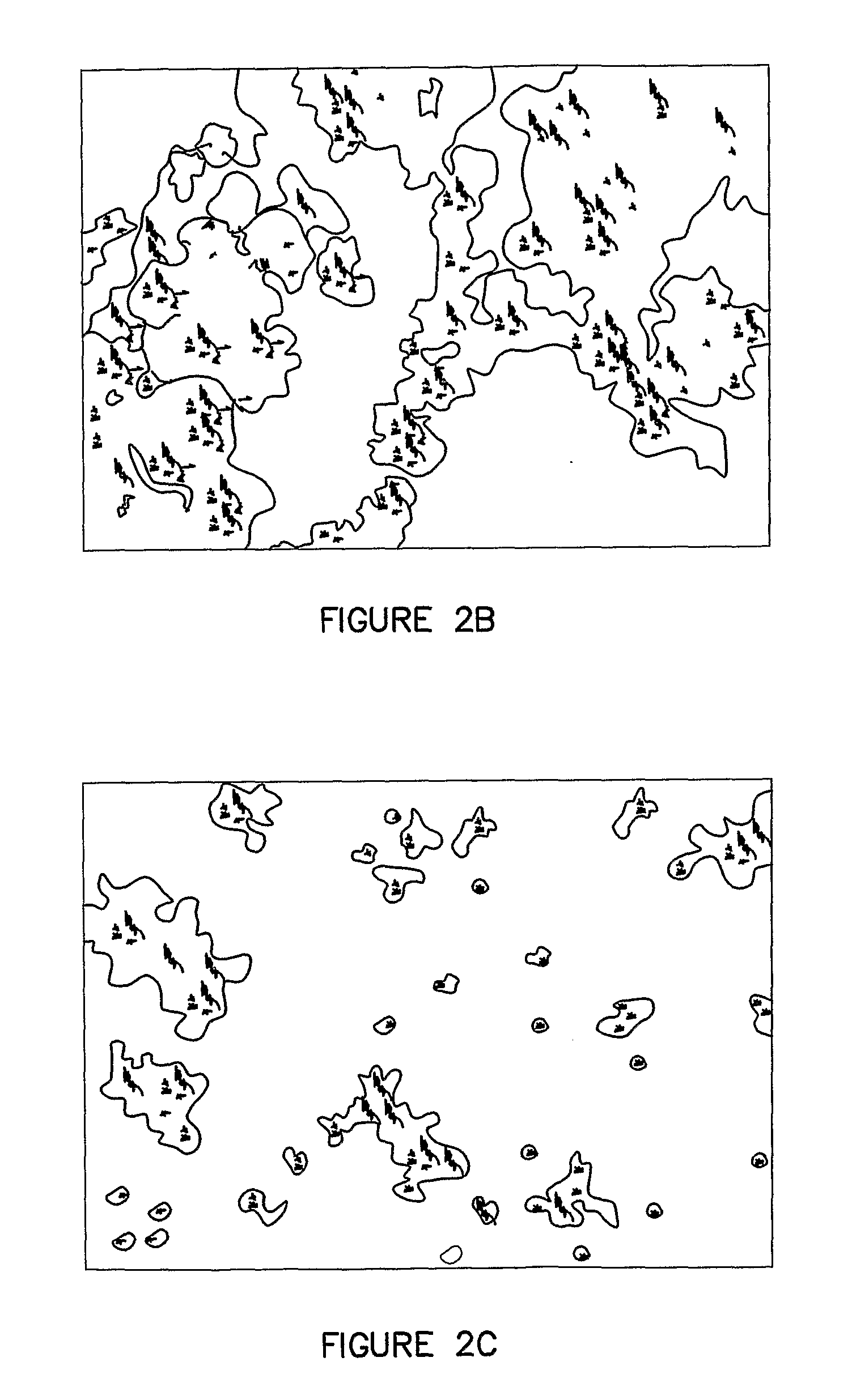Separation of plastic and elastomers for food and pharmaceutical products
a technology of plastic and elastomers, applied in the direction of electrostatic separation, fuel cells, sorting, etc., can solve the problems of manufacturing to unacceptable financial risk exposure, loss of business, and fragments of machinery being liberated
- Summary
- Abstract
- Description
- Claims
- Application Information
AI Technical Summary
Benefits of technology
Problems solved by technology
Method used
Image
Examples
example 2
[0088] A proposed embodiment of this invention is the manufacture of detectable film. Coloured films using the mineral Titanium Dioxide (a white pigment, although not detectable) highlight that minerals such as Ferrites like magnetite can be a substitute that could produce a film of similar physical properties. In addition, film processors accustomed to working with minerals are readily convinced that the manufacture of film based on magnetite is feasible and present no processing issues (whereas the use of metal powders was deemed impractical due to abrasion, particle size and shape). Being able to produce ultra fine particles in the range of 0.1-1 μm ensures even dispersion, high loadings and formation of a suitable film with reasonable physical properties. In this example, there is a first compounding stage to prepare a masterbatch, the synthetic magnetite of 0.6 μm is homogeneously dispersed into LLDPE carrier in a double screw compounder with a heated barrel, 70% magnetite and ...
example 3
[0095] Magnetite is homogeneously dispersed in two part Liquid Polyurethane Rubber in a ratio of 35% Magnetite to 55% Polyurethane part A and B including additional additives. These ingredients are mixed by hand using a spatula in a small beaker until homogeneously dispersed. The material is then poured into a small silicone mould and allowed to cure at approx 40° C. for 1 day. The cured part is then removed by hand and affixed to the mouldboard.
[0096] It should be noted other rubbers require specialised heavy duty mixers for thick and viscous rubbers. These are then injection or compression moulded under heat and pressure.
[0097] The press seal and mouldings become abraded due to wear during normal use or is occasionally ripped off when a forming tray is misfed into the moulding press. Broken mouldings of 1.5×1.5×1.8 mm or the same volume as a 2 mm sphere can be readily detected in a 150 mm pipeline detector, which is equivalent to a 100% stainless steel part.
[0098] In all three ...
PUM
| Property | Measurement | Unit |
|---|---|---|
| Length | aaaaa | aaaaa |
| Length | aaaaa | aaaaa |
| Fraction | aaaaa | aaaaa |
Abstract
Description
Claims
Application Information
 Login to View More
Login to View More - R&D
- Intellectual Property
- Life Sciences
- Materials
- Tech Scout
- Unparalleled Data Quality
- Higher Quality Content
- 60% Fewer Hallucinations
Browse by: Latest US Patents, China's latest patents, Technical Efficacy Thesaurus, Application Domain, Technology Topic, Popular Technical Reports.
© 2025 PatSnap. All rights reserved.Legal|Privacy policy|Modern Slavery Act Transparency Statement|Sitemap|About US| Contact US: help@patsnap.com



